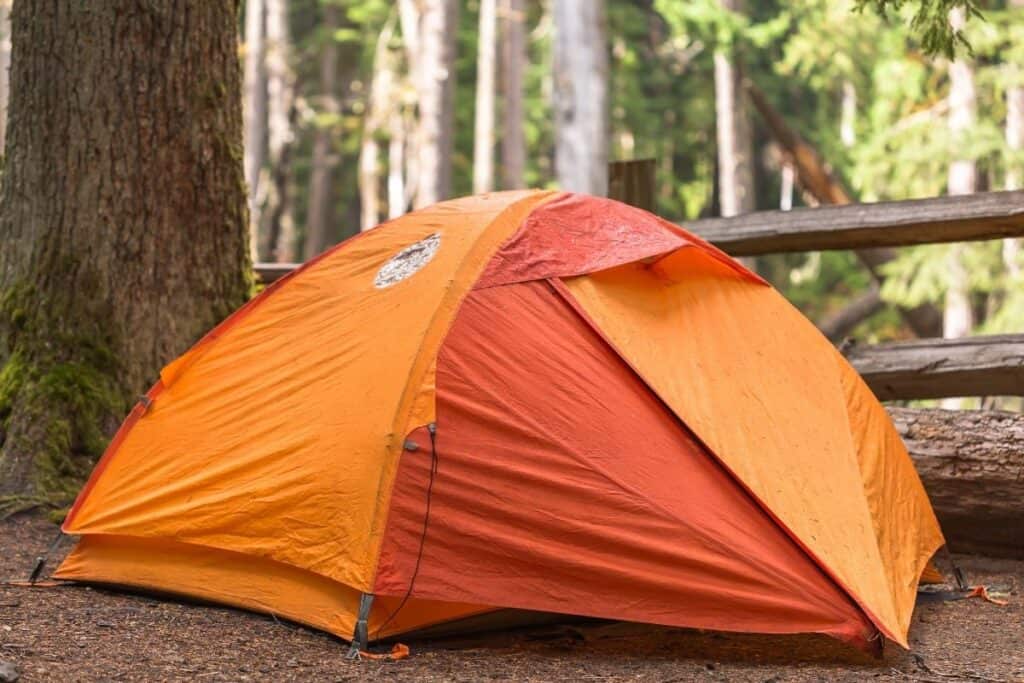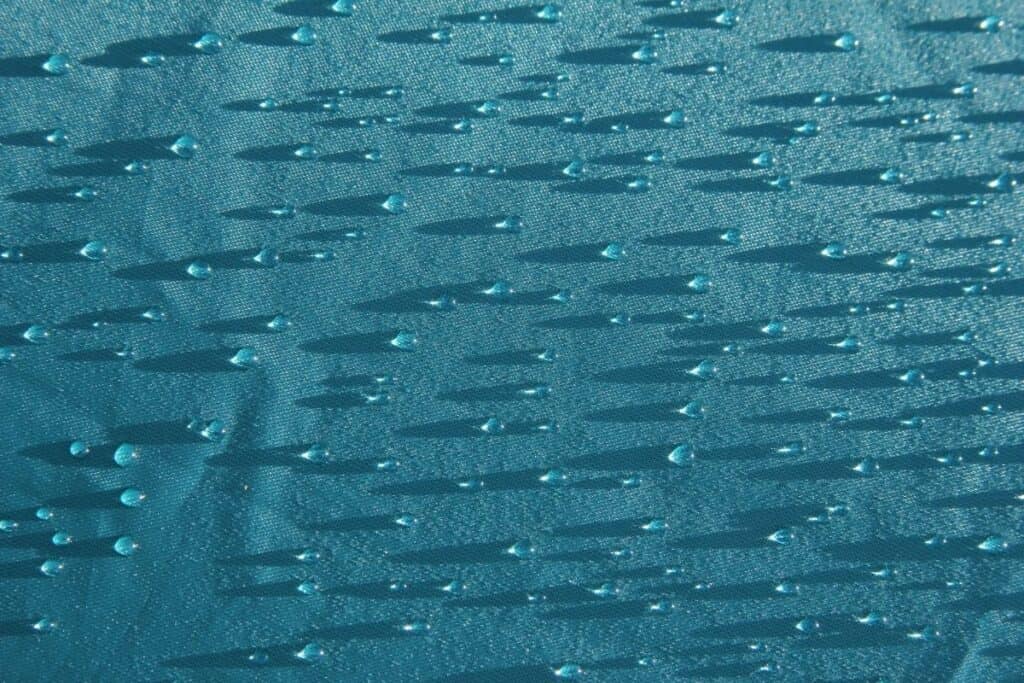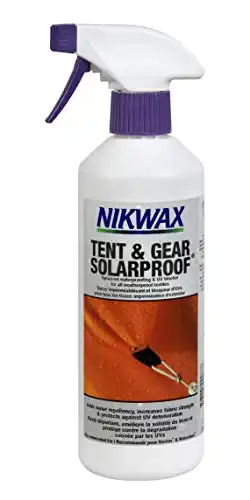
If you’ve ever been camping, you know that it’s one of the most relaxing and healthy ways to take a break from the bustle of life. If you’re an avid camper, you know that nothing beats tenting under the stars and getting down to earth.
Any camper who has experienced challenging weather will know that one of the worst feelings is waking up to a soaking wet tent and realizing that you and all of your belongings are soaked. Given nature’s uncertainty, the question needs to be asked: “Should you waterproof a new tent?”
High-end tents that are made specifically for camping make use of waterproof materials and well-constructed seams to avoid the need for additional waterproofing. Lower quality tents, or those not made specifically for camping, may require additional waterproofing to keep you dry in heavy rain.
With that in mind, let’s take a look at some of the caveats to this all important question!
Are Tents Waterproof?
While most tents are water repellent, that doesn’t translate to waterproof, meaning that while they may be able to repel the rain to some extent, the inside of your tent may still become wet.
Whether you believe (or know) your tent is waterproof, it’s a good idea to do it again because the materials that make up the tent may be waterproof, but the seams are often not.
The seams of a tent have far more holes than the rest of the tent due to the sewing process, and are often overlooked when adding repellents. This makes them prime candidates for letting water seep in!
The vast majority of the tents may be completely waterproof, but if the rain can find its way into the tent in any way, it will. Often, the seams of a tent are overlooked or not sealed properly, which allows water to sneak in!
Water Resistant, Water Repellent, or Waterproof?
Knowing how well your tent will hold up under the pressure of a rainstorm while you’re camping is simple if you know what to look for and understand the difference between water-resistant, water repellent, and waterproof tents.
Water-Resistant
For a tent to be water-resistant, the fabric will be tightly knit and act as the first order of protection, again letting the rain seep inside.
Water Repellent
Water repellent means that there is an added layer of protection, aside from the knit fabric.
You will most likely notice a label with DWR (Durable Water Repellent) somewhere on the tent, indicating that it has been coated with an extra layer of water repellent on the outer layer that allows the water to bead and run off the tent instead of seeping in.
Waterproof
If you are an avid camper who is in it for good and bad weather, you will want to get a fully waterproof tent, although no tent will ever be 100% waterproof.
Not only will a waterproof tent have the protective coating that allows rain to bead and roll off, but it will be made of incredibly durable and thick fabric to protect you against the elements.

How to Check Whether Your Tent Is Waterproof
While some tents claim to be waterproof, you may want to check out that theory before you delve into a camping trip with a chance of getting soaked. Try out your tent in your backyard before you venture into the wilderness, and trust it will be okay.
Camp out in the rain, have a cozy night listening to the rain tap on the tent. You may discover your tent requires some work to keep the water out!
A less extravagant way of checking for water leakage is to use a spray setting on your hose and douse your tent, mimicking a rainstorm.
If the inside is dry, you know your set. While tents can be made of waterproof material, there are a few weak spots that frames often forget to check out; seams, openings, and stitching.
Seams
Your tent fabric may hold out water amazingly well, but if the seams aren’t appropriately stitched, then you will have water leaking in from there.
Find out if the stitching is also waterproof by looking inside and checking out the ties and toggles to make sure they are tight.
Openings
All tents have at least one opening, while many have windows, either on the side or back of the tent; these areas need to be waterproof as well.
Most good quality tents will have a piece of fabric above the openings to divert rain away and prevent it from falling straight down onto the tent.
Stitching
Just as a high thread count sheet will allow for more comfort, quality stitching of the tent’s fabric will indicate whether you will be staying dry or if you will be one with nature as it pours in on you.
When the stitching is tight, it is more difficult for water to get through instead of stitching that is more relaxed and offers larger holes for the rain to leak through.
How to Waterproof A New Tent
Not everyone concerns themselves with waterproofing a tent; they assume the weather will be good and, if not, hope for the best. While some may waterproof once and never again, others may remember only once they have had a rather damp experience.
Depending on how often you use your tent, how old it is, and the care you put into keeping it in new condition, waterproofing it once a year when camping season is about to begin should be adequate.
Clean Your Tent Thoroughly
You’ll want to clean your tent thoroughly before applying any waterproofing spray or seam sealant. Any spray will adhere to clean fabric much better than if it is covered with grime and dirt.
Not sure how you’re supposed to clean a tent?
You’re not alone, but fortunately, it’s an easy process:
- Make sure your tent up
- Get a bucket mixed with warm water and mild soap
- Use a sponge to wipe down the tent, including the seams, gently
- Apply the waterproofing spray or treatment before the tent dries.
You can also take a look at my entire dedicated article on how to wash a tent.
Once the tent is clean, you’ll want to use a waterproofing spray on it. While there often manufacturer-specific ones that you can find, a general one like Nikwax Tent Spray will get the job done.
Nikwax will maintain the breathable performance of gear, preventing moisture build-up on the inside of gear allowing it to be pushed from the inside out, keeping your body at the right temperature. At the same time Nikwax repels rain from the outer surface, keeping you dry from both directions.
Better yet – Nikwax can be used to not only waterproof a new tent, but also restore the waterproof properties of an older tent!
Sealing the Seams
Since the seams can be where waterproofing can be lacking, due to bigger holes in the fabric or just the fact that they were overlooked, it’s important to pay particular attention to them when waterproofing.
- Make sure you have cleaned and dried your tent
- Spread the tent in a clean, comfortable to work on the surface with the seams facing upward
- Use a clean, dry cloth to wipe the seam with rubbing alcohol
- Remove any debris that is coming off
- Use a small brush to apply the sealant on to the seam
- Allow your tent to dry completely before storing.
Tips for Keeping Water Out
There are a few things you can do to help lessen the chances of having water seep into your tent, even if it doesn’t come fully waterproofed:
- It’s always better to pitch a tent on higher ground, so the water runs down and doesn’t pool
- Put a tarp or a footprint underneath the tent’s groundsheet to prevent rain from seeping into the tent
- Even if your tent is old or isn’t waterproof, you can use a sealant on the tent (even an old one) to prevent water from sinking in.
Bottom Line
When dealing with the tremendous and highly unpredictable outdoors, it’s a good idea to over-prepare. That includes going above and beyond to adequately treat your tent, both with waterproof coating and diligence.
When your tent is taken care of, the fabric will hold up better over time and will not break down as quickly as if it were left dirty and unkempt. Keeping your tent clean, waterproofed regularly, and stored correctly, will help ensure you have a comfortable and relaxing experience.
Should you waterproof a new tent?
If you are not sure that it came waterproofed or want to be sure, then yes! Waterproofing a new tent is always a solid plan.
Related Posts
If you found this article helpful, then make sure to take a look at some of my related articles below!

